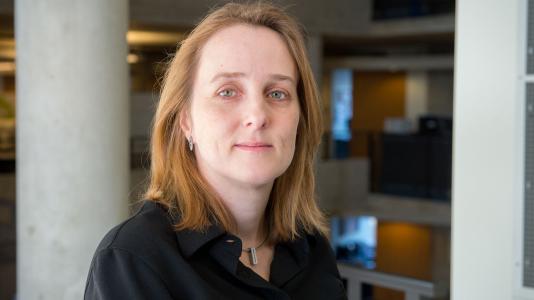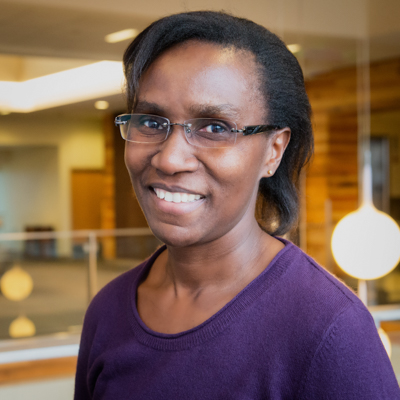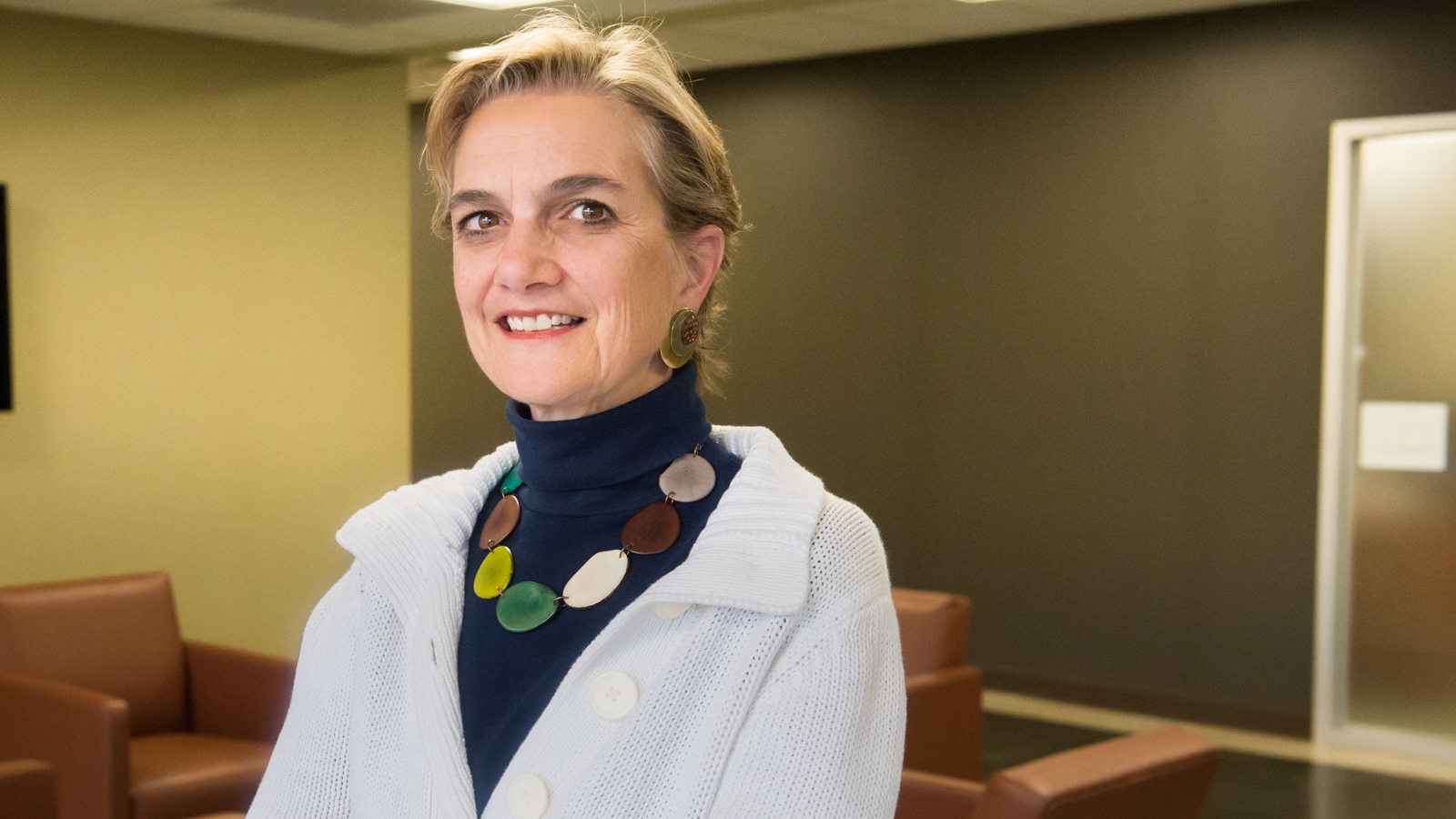
Growing national attention is focused on increasing the number of women in Science, Technology, Engineering, and Mathematics (STEM) careers. Even as educational programs ramp up efforts to encourage girls in STEM fields—an effort to close the gender gap—women continue to face challenges as they move forward.
This article was originally published in the spring 2016 issue of Argonne Now, the laboratory’s science magazine.
Katrin Heitmann, Theoretical Physicist/Computational Scientist
I was interested in mathematics and problem solving from a very early age, puzzling out math problems even in kindergarten. I grew up in Germany. There, in the last two years of high school, you get to pick a focus of study. I chose mathematics and physics because I enjoyed it. My older brother invited me to sit in on university lectures with him so I could see what the coursework was like. It became a straightforward decision for me—I gravitated to physics. Thankfully, I’ve always had people in my life who were supportive, including my family, friends, and instructors.
When I first started studying physics at university, I was the one woman out of 150 men. It didn’t feel bad, though. No one treated me rudely. I know there are women who have other stories, like they weren’t taken seriously, but I never had that experience. I received support and respect throughout my career from the very beginning and I hope that encourages more young women to enter the field of physics.
I have had lots of mentors, but the ones who stand out most are the people who have challenged me to think differently and to consider my future in a way that I hadn’t up until that point. Now when I’m hiring staff, I make sure I take a close look at all applicants, digging beyond the surface to find the talent within each individual. I also mentor postdocs and early career scientists so they have the support they need and encouragement to grow.
Nancy Kariuki, Chemist
When I was in high school, I wanted to be a pharmacist, so I took lots of chemistry and math classes. Math came easily to me, but I had to work hard in chemistry. It’s ironic, because I’m a chemist today.
I was born and grew up in Kenya. There, at that time, we didn’t get to choose what fields we would go into for college. We took a national exam and based on those results and the number of students who excelled in each area, we were placed, rather than chose, our schools and fields of study. I did not make the cut for pharmacy school. Instead, I was placed in general science courses, where I chose to focus on chemistry. Math, chemistry, and physics were considered more of men’s territory at that time, so I was one of two women and 28 men in these courses.
Being brought up in Kenya, where there are certain expectations for women, and having overcome that, I don’t feel that I am limited by barriers for women in science. I don’t feel that I am limited or that I have been limited because I’m a woman or because I’m African. I had always wanted to conduct research. It’s my passion.
Today, I’m actively involved in encouraging young people to pursue STEM career fields. I mentor postdocs and summer interns at Argonne, and last year I mentored high school students interested in STEM fields. There’s a common misconception that math and chemistry are difficult, but I like to show young people that it’s possible to succeed, using myself as an example. I’m not exceptional. It just takes hard work. Set your goals and don’t be afraid to ask for help. I tell them, “Hey, I’m doing it. So you can, too.”
Diane Graziano, Chemical Engineer
When I graduated with my first chemical engineering degree in the ‘80s, companies had quotas, so they were hiring women like crazy. I was in the top of my class and was being recruited from all sorts of places, even institutions I’d never heard of before. I found I had more opportunities than barriers. Later I worked at Amoco Chemicals for a number of years and was promoted to be one of the first two female research supervisors.
After my second child was born, my job required me to work in Belgium for 18 weeks out of the year. It was difficult being away from my family for that amount of time, so I decided to quit. It was a difficult decision, but I felt it was the right one for me and my family. I looked for a job a few months and found something that struck a healthy balance between my work and home life, doing materials recycling for the U.S. Department of Energy.
Today as a senior researcher, I help guide and encourage postdocs and early career researchers by introducing them to others in my network. I’m also involved with the Society of Women Engineers. I run a booth at a local college during their Engineering Week event, encouraging young women and men to pursue careers in science. I always recommend internships to students. It’s essential to get hands-on experience. It helps students figure out which career direction they may prefer and will also make them more attractive to potential employers.
DID YOU KNOW
- Women hold 57% of bachelor’s degrees and more than 60% of master’s degrees in the nation.
- As of 2010, women made up only 27.5% of the nation’s STEM workforce.
- Women earn 33% more when they work in STEM careers.

